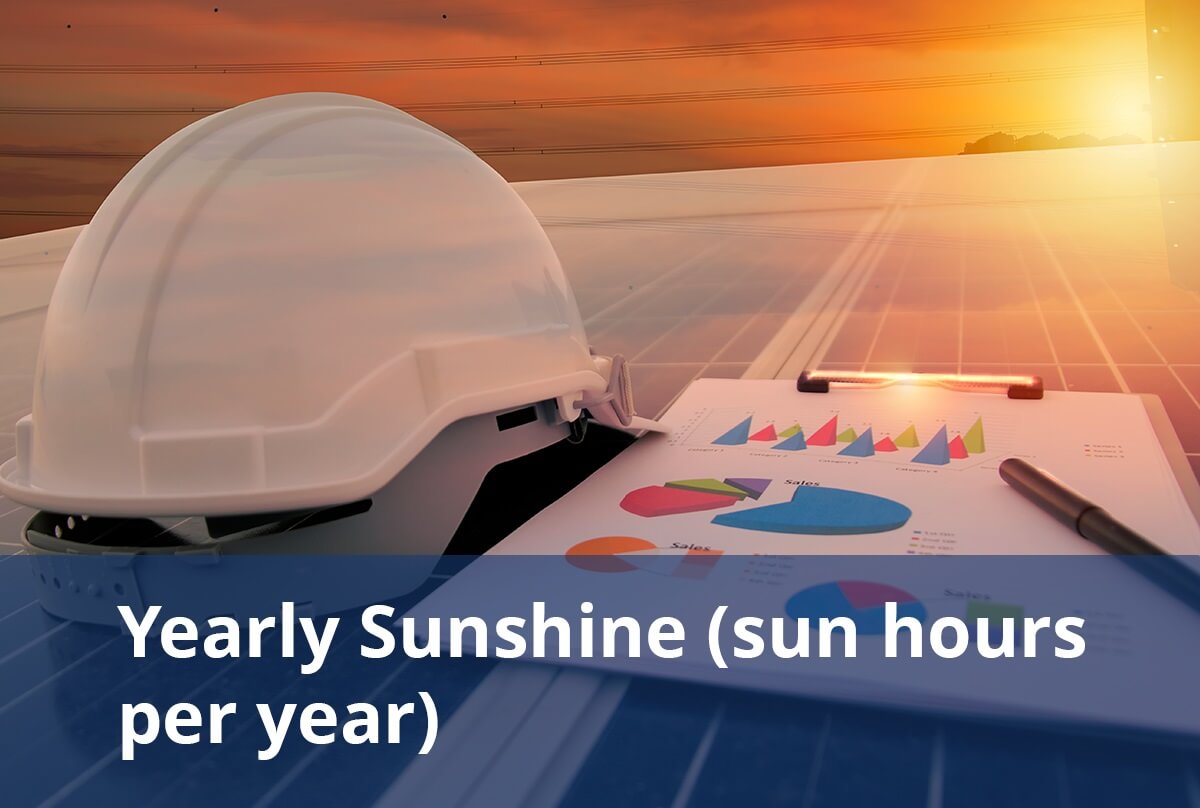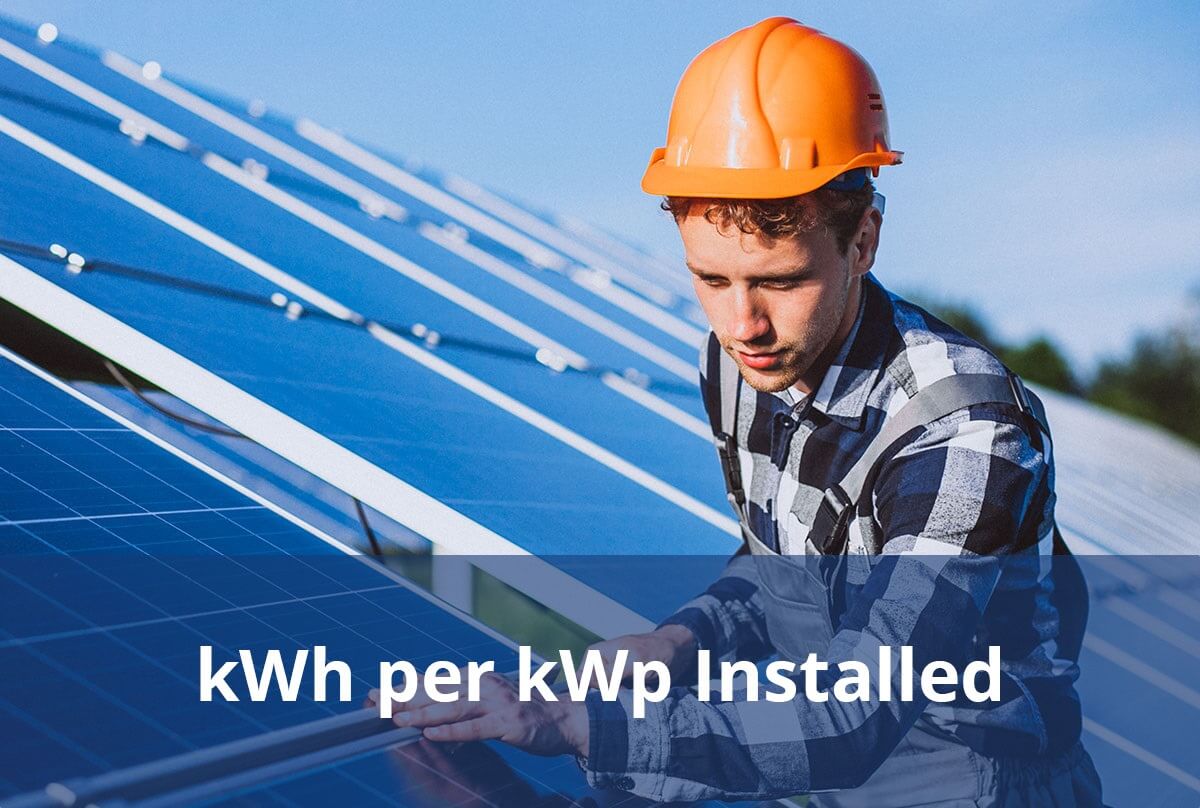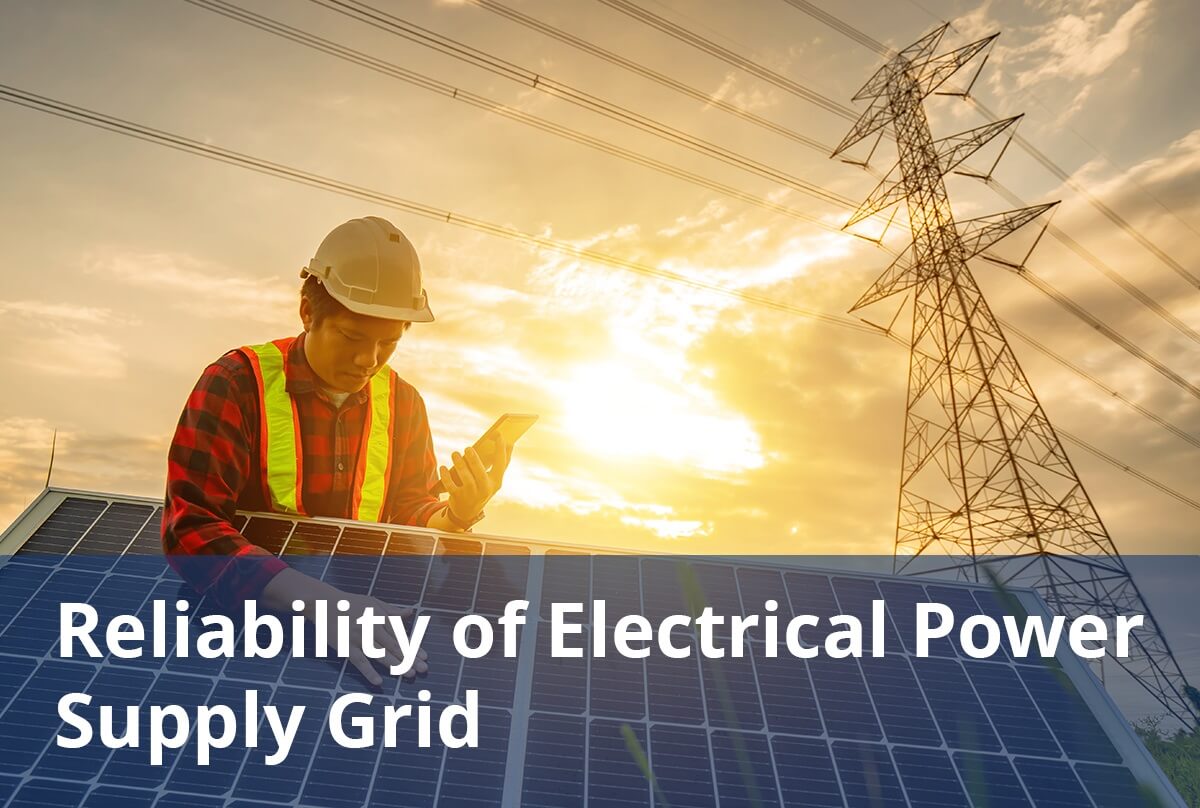Discover comprehensive insights into the statistics, market trends, and growth potential surrounding the solar panel manufacturing industry in Mexico
- Worlddata.info. (n.d.). Climate details in Mexico. Retrieved June 15, 2024, from https://www.worlddata.info/america/mexico/climate.php
- Global Photovoltaic Power Potential by Country (English). Energy Sector Management Assistance Program (ESMAP) Washington, D.C. : World Bank Group. http://documents.worldbank.org/curated/en/466331592817725242/Global-Photovoltaic-Power-Potential-by-Country
- Statista. (2023, June 12). Household electricity prices in Mexico, December 2020 to September 2023 [Document retrieved from https://www.statista.com/statistics/1372387/household-electricity-price-mexico/]
- „Electricity and Power Supply in Mexico.“ International Energy Agency, https://www.iea.org/countries/mexico
- „Mexico – Power Sector: Electricity Infrastructure and Smart Grid.“ Trade.gov, https://www.trade.gov/country-commercial-guides/mexico-power-sector-electricity-infrastructure-and-smart-grid.
- „Mexico’s Energy Grid Risks Fading to Black.“ Council on Foreign Relations, https://www.cfr.org/article/mexicos-energy-grid-risks-fading-black.
- U.S. Department of Energy’s National Renewable Energy Laboratory. „NREL Identifies Abundant Renewable Energy Resources as Key to Mexico’s Clean Energy Ambitions.“ News & Press, 12 June 2022, nrel.gov.
- „Mexico’s Solar Energy Market.“ Mordor Intelligence, https://www.mordorintelligence.com/industry-reports/mexico-solar-energy-market
- International Energy Agency (IEA), „Mexico Energy Profile,“ 2023, https://www.iea.org/reports/mexico-energy-profile
- International Renewable Energy Agency (IRENA). „Renewable Power Generation Costs in 2022.“ IRENA Publications, August 2023, https://www.irena.org/Publications/2023/Aug/Renewable-Power-Generation-Costs-in-2022.
- Mexico Clean Energy Report – NREL. Mexico Clean Energy Report. National Renewable Energy Laboratory (NREL), 2022. https://www.nrel.gov/docs/fy22osti/82580.pdf.
- Enel Green Power. (2023). Renewable Energy in Mexico. Enel Green Power. https://www.enelgreenpower.com/countries/north-america/mexico
- Solar Energy Industries Association (SEIA). (2024). Major Solar Projects List. SEIA. https://www.seia.org/research-resources/major-solar-projects-list
- Global Energy Monitor. (2023). Global Solar Power Tracker. Global Energy Monitor. https://globalenergymonitor.org/projects/global-solar-power-tracker
- Grand View Research. (2022). Off-grid Solar PV Panels Market Size Report, 2022-2030. Retrieved from https://www.grandviewresearch.com/industry-analysis/off-grid-solar-pv-panels-market
- Maximize Market Research. (2023). Off-grid Solar PV Panels Market: Industry Analysis and Forecast 2029. Retrieved from https://www.maximizemarketresearch.com/market-report/off-grid-solar-pv-panels-market/215/
- GlobalData. (2023). Mexico Solar PV Market Analysis by Size, Installed Capacity, Power Generation, Regulations, Key Players and Forecast to 2035. Retrieved from https://www.globaldata.com/store/report/mexico-solar-pv-market-analysis/
- Solar Energy Industries Association (SEIA). (2023). Solar Market Insight Report 2023 Year in Review. Retrieved from https://www.seia.org/research-resources/solar-market-insight-report-2023-year-review
- Salary Explorer. (2024). Average Salary in Mexico. Retrieved from https://www.salaryexplorer.com/average-salary-wage-comparison-mexico-c139
- Nomad Capitalist. (2023). What is the Average Salary In Mexico?. Retrieved from https://nomadcapitalist.com/finance/average-salary-in-mexico/
- Everhour. (2024). Average Salary in Mexico: Insights into Wage Levels and Employment Sectors. Retrieved from https://everhour.com/blog/average-salary-in-mexico/
- United Nations Population Fund (UNFPA). (2024). World Population Dashboard – Mexico. Retrieved from https://www.unfpa.org/data/world-population/MX
- PVKnowHow. (2023). Costs of Solar Panel Manufacturing Business. https://www.pvknowhow.com/costs-of-solar-panel-manufacturing/
- FinModelsLab. (2023). Cost Breakdown: How to Plan Solar Panel Manufacturing Expenses. https://finmodelslab.com/blogs/operating-costs/solar-panel-manufacturing-operating-costs
- MexicoBusiness.news. (2023). Energy Transition in Mexico: The Renewable Energy Map to 2030. https://mexicobusiness.news/energy/news/mexicos-energy-sector-infrastructure-outlook
- NAPS International. (2019). Manufacturing Compliance Regulations in Mexico. https://napsintl.com/mexico-manufacturing-news/manufacturing-compliance-regulations-in-mexico/
- The Energy Year. (2023). Solar in Mexico: Potential and Challenges. https://theenergyyear.com/articles/solar-in-mexico-potential-and-challenges/
- PV Magazine International. (2023). Mexico’s Solarever Commissions New 500 MW Solar Panel Production Line. https://www.pv-magazine.com/2023/03/14/mexicos-solarever-commissions-new-500-mw-solar-panel-production-line/
- Climate Scorecard. (2023). The Mexican Climate Initiative Solar Bond Program. http://www.iniciativaclimatica.org/wp-content/uploads/2018/04/Bono-Solar-ICM.pdf
- SolarFeeds Magazine. (2023). Solar Power Statistics in Mexico 2021. https://www.solarfeeds.com/mag/solar-power-statistics-in-mexico-2021/
- The Energy Year. (2023). Sonora: Mexico’s solar hub. https://theenergyyear.com/articles/sonora-mexicos-solar-hub/
- Mordor Intelligence. Mexico Solar Energy Companies. https://www.mordorintelligence.com/industry-reports/mexico-renewable-energy-market/companies









